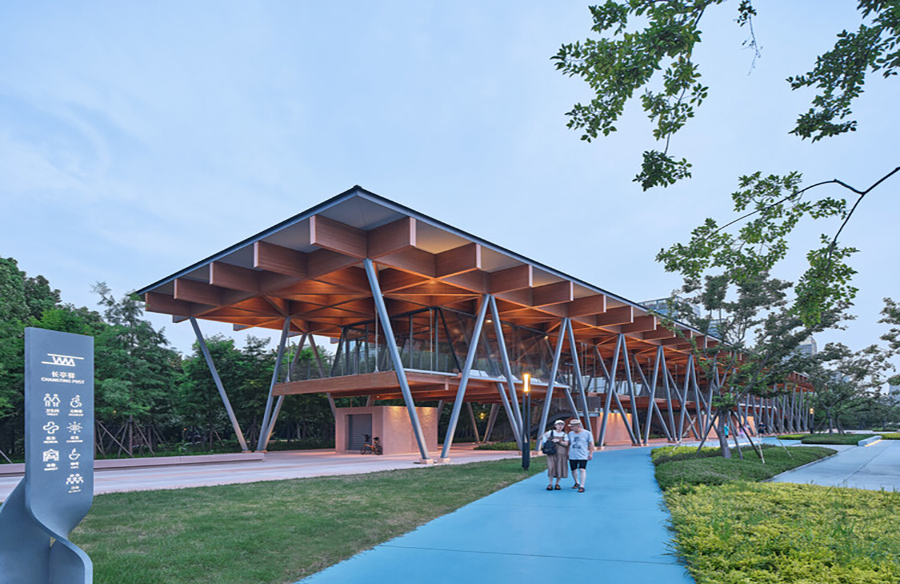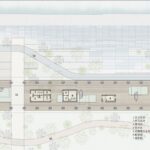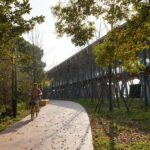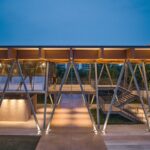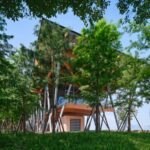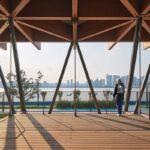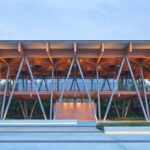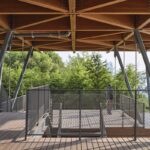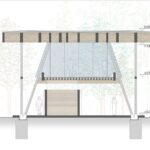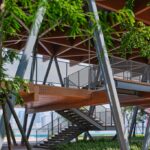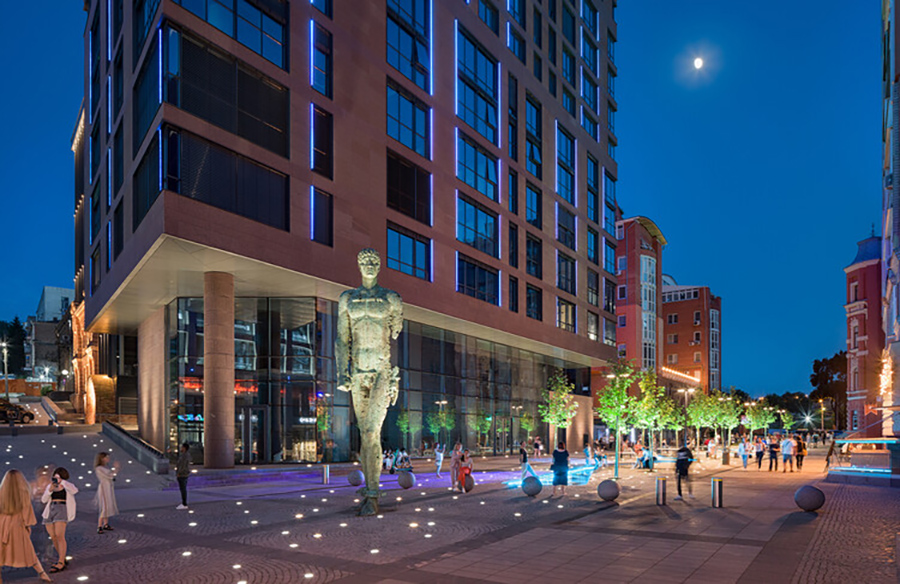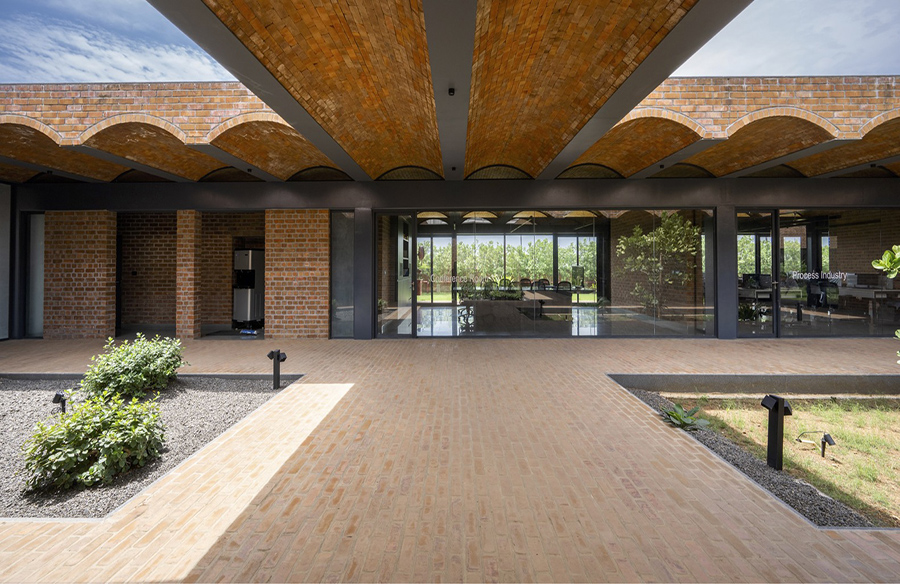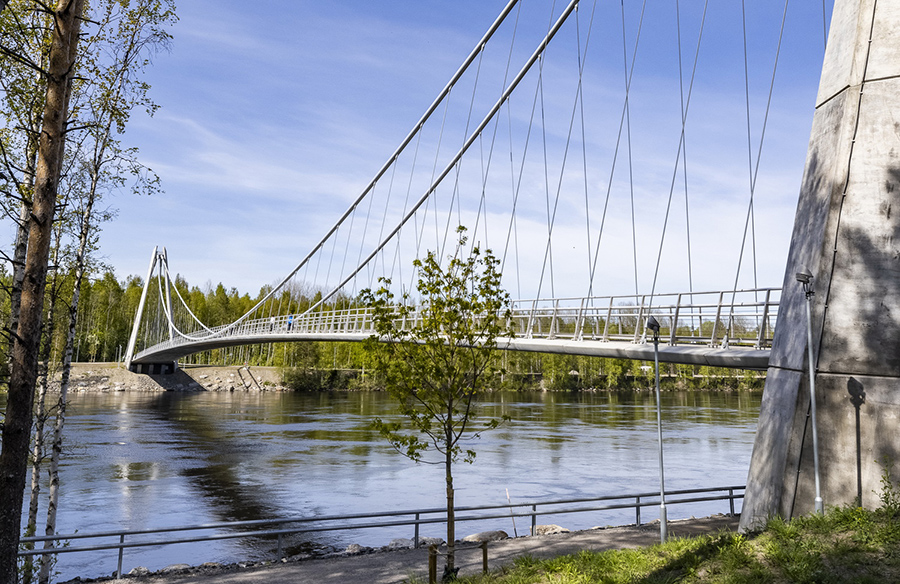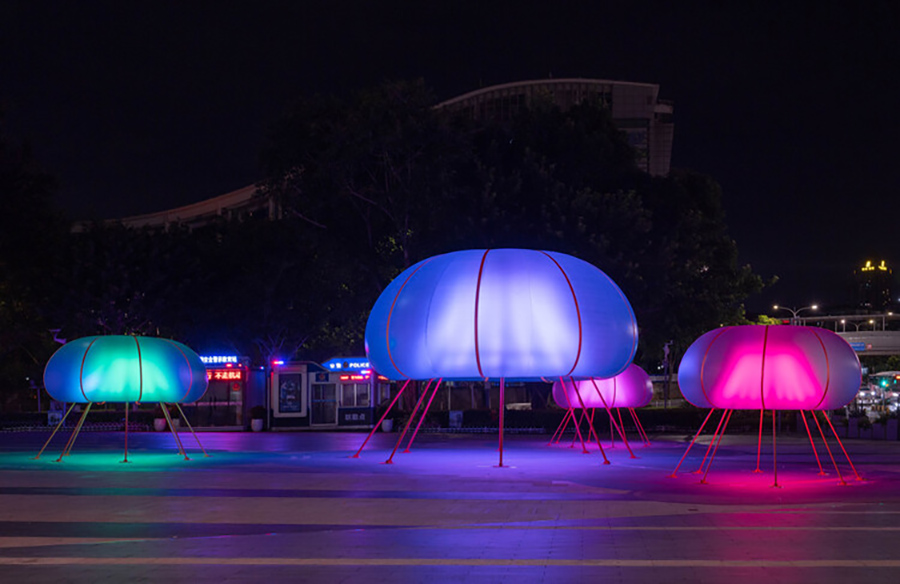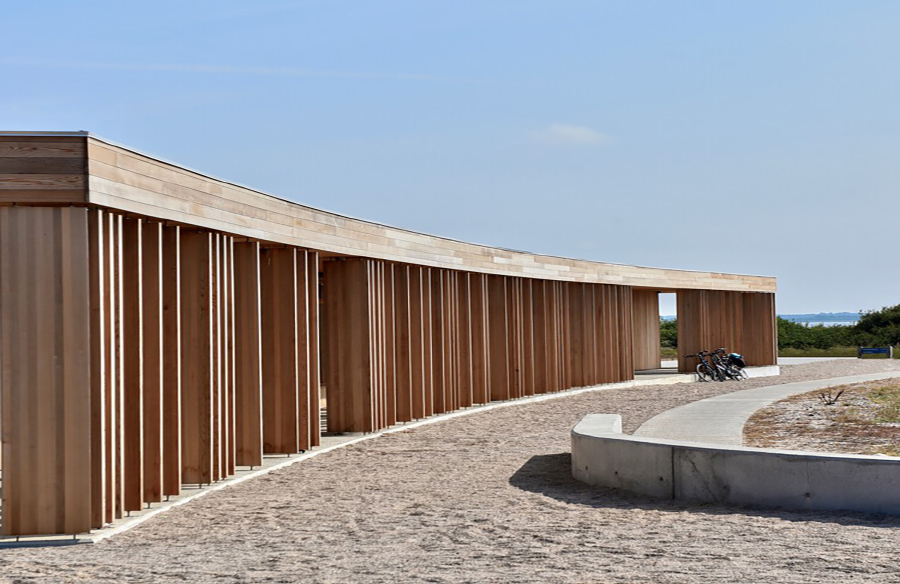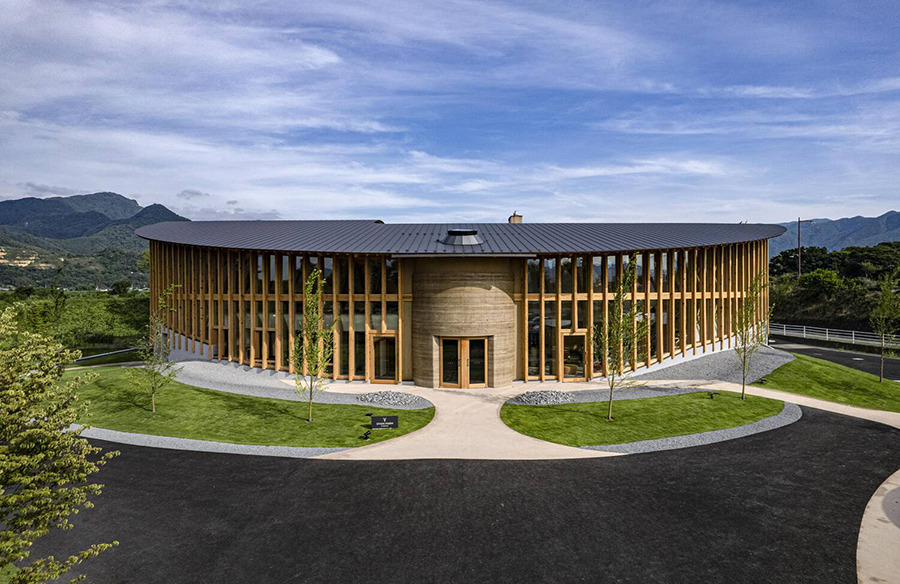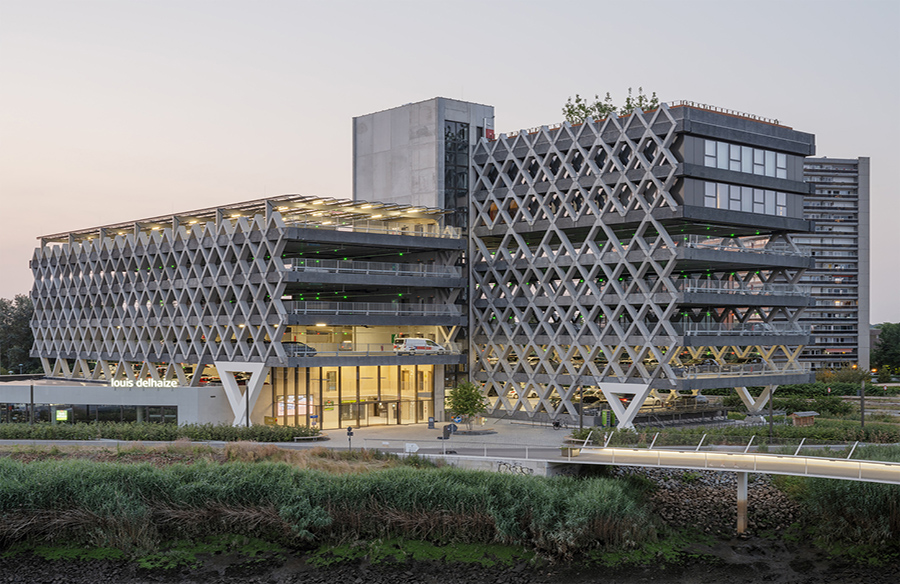The Changting Station, situated on the south bank of the Qiantang River in Hangzhou’s Binjiang District, stands as a pivotal component of the city’s 12-kilometer waterfront public space renovation project. Led by the Original Design Studio of TJAD, this architectural endeavor aims to revitalize the riverside environment and enhance public access to recreational amenities.
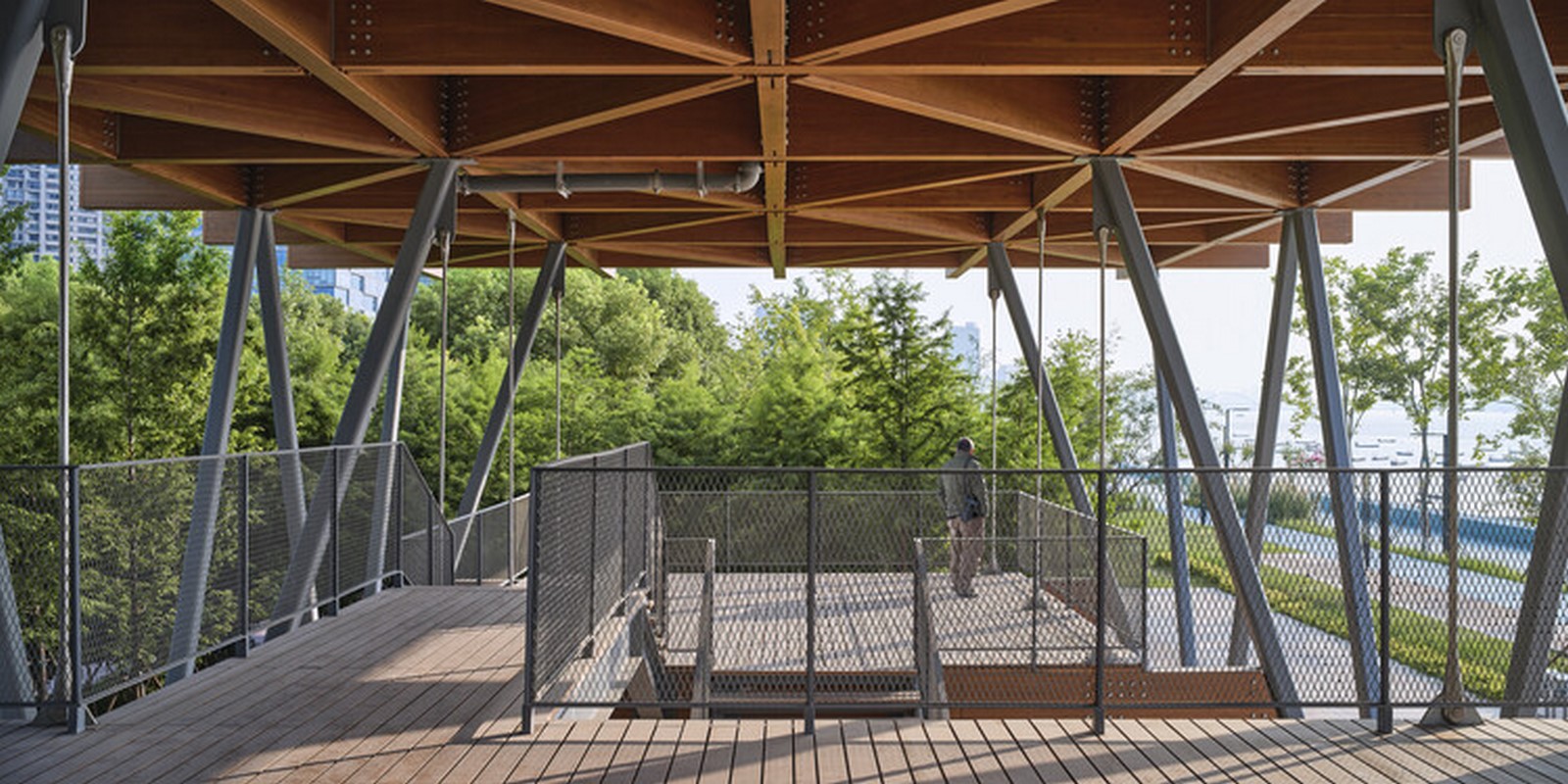
Historical Inspiration
Incorporating elements of traditional waystations, where travelers historically rested during long journeys, the Changting Station serves as a modern-day sanctuary for leisure and relaxation. Its strategic placement within a 500-meter service radius ensures accessibility and convenience for visitors seeking respite along the waterfront.
Innovative Design Approach
Distinguished from previous waterfront projects, the Changting Station adopts a novel design strategy to address the challenges posed by the site’s expansive scale and lack of natural shade. By maximizing the use of sheltered areas and creating semi-outdoor public spaces beneath eaves, the architects craft a visually captivating and functional environment conducive to community engagement.
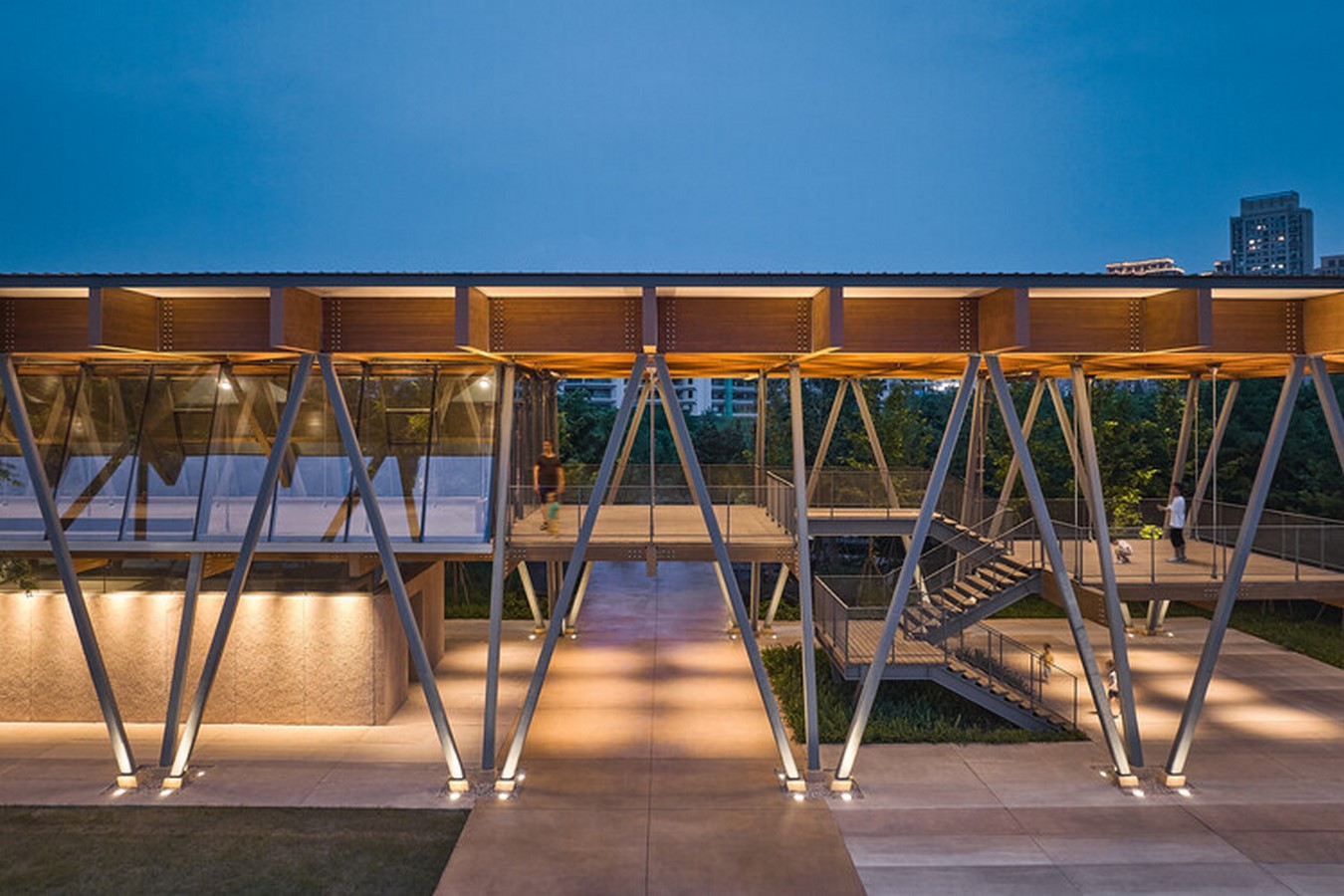
Architectural Features
With a nod to traditional cultural pavilions, the Changting Station boasts a distinctive steel-wood structure that harmonizes with its surroundings. Spanning two stories and encompassing cultural display areas and tea rooms, the station integrates seamlessly into the Xixing Ancient Town landscape, enhancing its role as a cultural nexus.
Structural Innovation
The station’s design showcases a blend of lightweight wooden elements and robust rammed earth construction. Wooden roof trusses, supported by V-shaped steel columns, evoke a sense of lightness and warmth, while the lower section embodies solidity and stability. This structural interplay creates a dynamic visual contrast and reinforces the station’s connection to its historical and natural context.
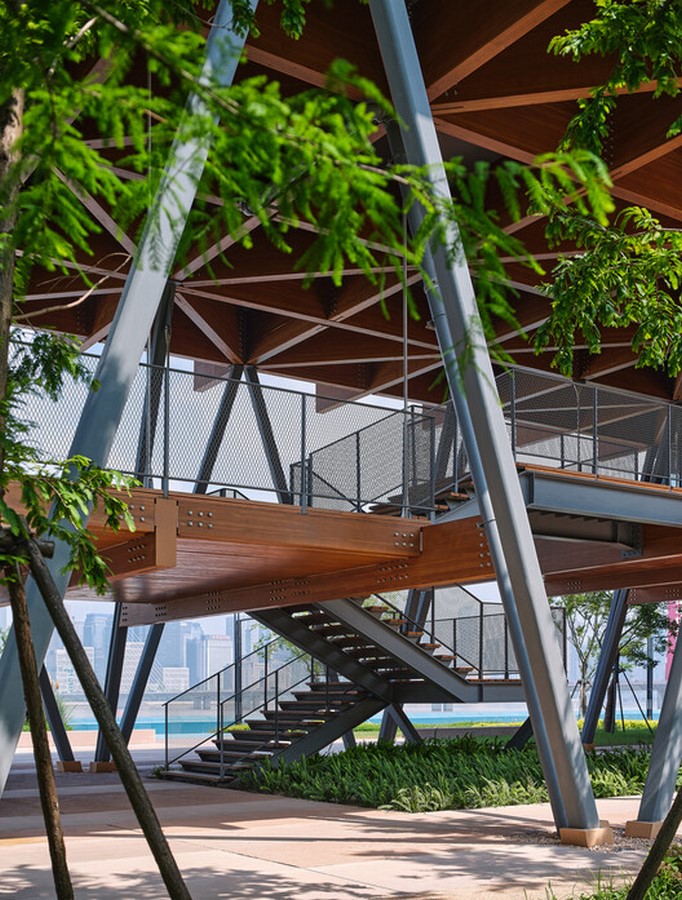
Conclusion
The Changting Station represents a paradigm shift in waterfront public space design, marrying historical influences with contemporary innovation. By reimagining traditional architectural forms and embracing sustainable construction principles, this project not only revitalizes the riverside landscape but also fosters community engagement and cultural enrichment. As a testament to the collaborative efforts of architects, engineers, and local stakeholders, the Changting Station exemplifies the transformative power of thoughtful design in urban development.
